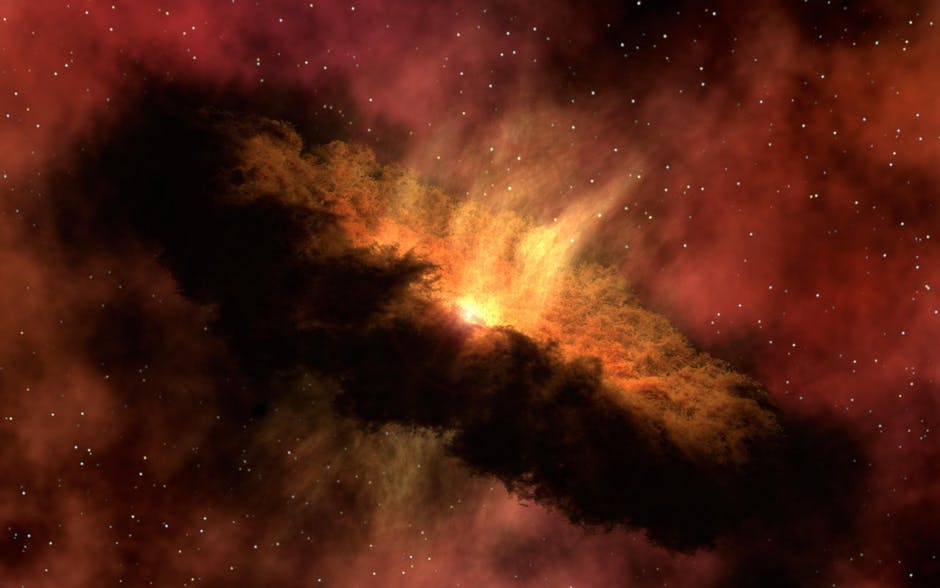Astronomers have calibrated what happened to the particular type of plasma, the first matter which was present, during the first microsecond of the Big Bang.
The consequences of the examination, directed by the researchers at the University of Copenhagen, provide a piece of the riddle to the development of the universe, as far as individuals might be concerned today.
Around 14 billion years prior, our universe changed from being much more sultry and denser to extending profoundly an interaction that researchers have named 'The Big Bang'.
Furthermore, despite the fact that we realize that this quick extension made particles, iotas, stars, systems, and life as far as we might be concerned today, the subtleties of how everything happened are as yet unclear.
Presently another investigation performed by scientists from the University of Copenhagen uncovers experiences into how everything started.
"We have contemplated a substance considered Quark-Gluon Plasma that was the solitary matter, which existed during the primary microsecond of Big Bang. Our outcomes reveal to us a remarkable story of how the plasma developed in the beginning phase of the universe," clarifies You Zhou, Associate Professor at the Niels Bohr Institute, University of Copenhagen.
"First the plasma that comprised of quarks and gluons was isolated by the hot extension of the universe. At that point the bits of quark transformed into alleged hadrons. A hadron with three quarks makes a proton, which is important for nuclear centers. These centers are simply the structure hinders that establish Earth, and the universe that encompasses us," he adds.
The Quark-Gluon Plasma (QGP) was available in the main 0.000001 seconds of the Big Bang and from there on it vanished in view of the extension.
However, by utilizing the Large Hadron Collider at CERN, specialists had the option to reproduce this first matter in history and follow back what befell it.
"The collider crushes together particles from the plasma with extraordinary velocity, almost like the speed of light. This makes us ready to perceive how the QGP advanced from being its own make a difference to the centers in particles and the structure squares of life," says You Zhou.
"As well as utilizing the Large Hadron Collider, the specialists likewise fostered a calculation that can break down the aggregate extension of more delivered particles without a moment's delay, than any time in recent memory conceivable previously. Their outcomes show that the QGP used to be a familiar fluid structure and that it separates itself from different matters by continually changing its shape over the long haul."
For quite a while scientists imagined that the plasma was a type of gas, yet the analysis affirms the most recent achievement estimation, where the Hadron Collider showed that QGP was familiar and had a smooth delicate surface like water.
''The new subtleties we give is that the plasma has changed its shape over the long run, which is very astonishing and not quite the same as some other matter we know and what we would have expected," says You Zhou.
Despite the fact that this may appear to be a little detail, it brings us one bit nearer to tackling the riddle of the Big Bang and how the universe created in the main microsecond, he expounds.
"Each revelation is a block that improves our odds of discovering reality with regards to Big Bang. It has taken us around 20 years to discover that the Quark-Gluon Plasma was familiar before it changed into hadrons and the structure squares of life. Consequently our new information on the steadily changing conduct of the plasma is a significant forward leap for us," You Zhou closes.
The examination has quite recently been distributed in the diary Physics Letters B and is performed by You Zhou along with Zuzana Moravcova, who is a PhD at the Niels Bohr Institute at the University of Copenhagen.

